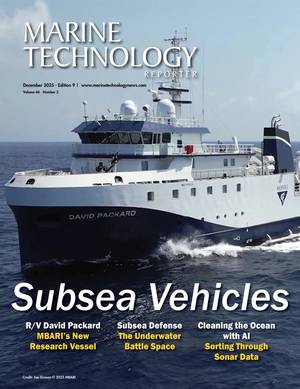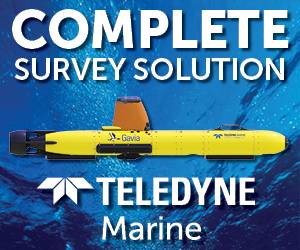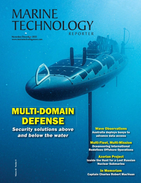Seabed Mining: Defining Serious Harm
A consortium led by Australia’s national science agency CSIRO has developed the first environmental management framework designed to protect deep sea ecosystems during mining operations.
The project was commissioned by The Metals Company Australia (TMC) and brought together scientists from CSIRO, Griffith University, Museums Victoria, the University of the Sunshine Coast and Earth Sciences New Zealand.
The research focused on the Clarion Clipperton Zone (CCZ) in the Pacific Ocean – a region being considered for potential mining of polymetallic nodules containing critical minerals such as cobalt and nickel.
The scientists analyzed data from test mining activities that were carried out in the CCZ by TMC under approval by the International Seabed Authority (ISA).
A key outcome of the CSIRO project is a clear definition of “serious harm” using a traffic light system – green for minor impacts, orange for moderate and red for major, irreversible damage. This would help regulators know when to change or halt mining operations.
The ISA is currently progressing a Mining Code which aims to prevent “serious harm” to the environment. However, there is currently no agreed operational definition of the term.
The researchers considered factors such as the areas of seabed disturbed directly by the mining footprint of nodule extraction, disturbance from the sediment plumes created by nodule collectors near the seabed or in the water column, release of chemicals from the seabed and discharge of the processing waste into the water column.
They also considered life-history characteristics of the organisms potentially affected, including features such as the potential settlement of larval from surrounding areas, immigration potential, growth rate and generation time.
They developed an example framework where serious harm would entail effects that:
• Cover a large amount of a habitat and/or
• Are irreversible, lasting for more than several generations, or occur more than once per generation
• Affect the ability of a population to replace individuals lost following mining
• Lead to loss of species richness, a substantial reduction in biomass or local extinction of key species
• Lead to loss of a community
• Lead to major loss of ecosystem functions.
The operational definitions of serious harm will vary depending on the location and the nature of the mining operations, and as such, will need to be developed for each individual license area. However, by providing an operational definition the researchers hope to facilitate the process of limit setting for mining operations.
Limits should not be viewed as singular action points, they say. As effects become more significant (i.e., move higher in the orange zone), management will need to increase accordingly. This may require a sequence of increasing warning levels that operations could be approaching a limit and enable timely action to be taken to reduce disturbance rates.
Other key outcomes of the research project include:
• A full ecosystem model of the CCZ, linking surface waters to the seafloor, which predicts that mining impacts are likely to be localized to the seabed.
• A suite of environmental indicators to monitor changes in biodiversity and ecosystem health, tailored to plausible operational mining scenarios.
• A risk-based management process that assumes full ecosystem loss unless proven otherwise, ensuring a precautionary approach to mining.
• Quantitative estimation of impacts to pelagic ecosystems from metals and risk of impact to deep sea benthic ecosystems.




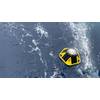
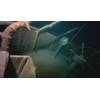

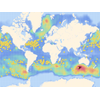






 December 2025
December 2025
